Thailands UNESCO world heritage sites
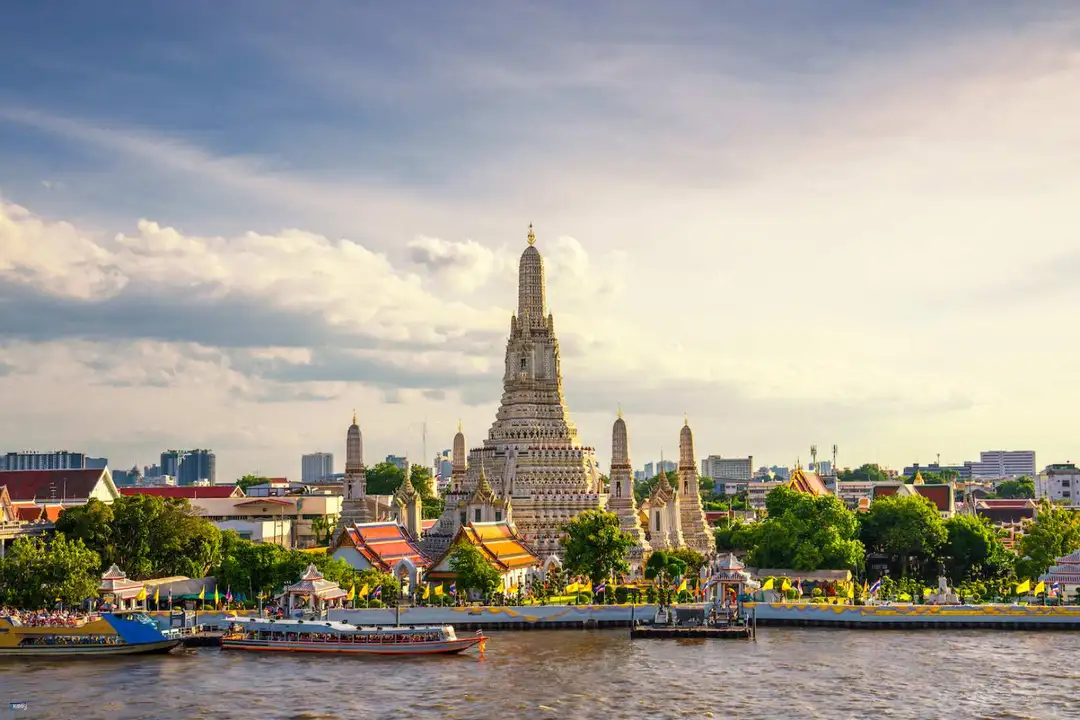
Thailand is recognised worldwide for its many cultural and landscape features, including its unique landscapes, immaculate beaches, energetic street life, and exquisite Buddhist temples with a long history. But Thailand has a few UNESCO World Heritage Sites, each with its own distinct story of time.
It’s not simply the glittering skyline of Bangkok or the sunsets over the Andaman Sea that evoke wonder. These locations are an amazing testament to the nation’s rich natural and cultural heritage, giving us a deep insight into the inventiveness and history of humanity.
Ban Chiang Archaeological Site
Ban Chiang site, in North-eastern Thailand’s province of Udon Thani, was inducted into the UNESCO World Heritage list in 1992. The most important archaeological finding in prehistoric Southeast Asia is said to be the discovery of Bronze Age civilization.
We are given a glimpse into prehistoric agricultural communities by Ban Chiang, who farmed rice and domesticated animals. The exquisite red ceramics decorated with elaborate patterns bear witness to the inventiveness possessed by even the most ancient societies.

Dong Phaya Yen Mountains
This enthralling 230-kilometre length of tropical forest in Central and North-eastern Thailand was designated in 2005 and stretches from Ta Phraya National Park, which borders Cambodia, to Khao Yai National Park.
With over 800 different species of wildlife, including endangered ones like the Asian Elephant, Tiger, and Leopard, it’s a thrilling paradise for anyone who enjoys the outdoors. The area is dotted with attractive waterfalls, hiking paths, and camping areas, all of which encourage ecotourism.
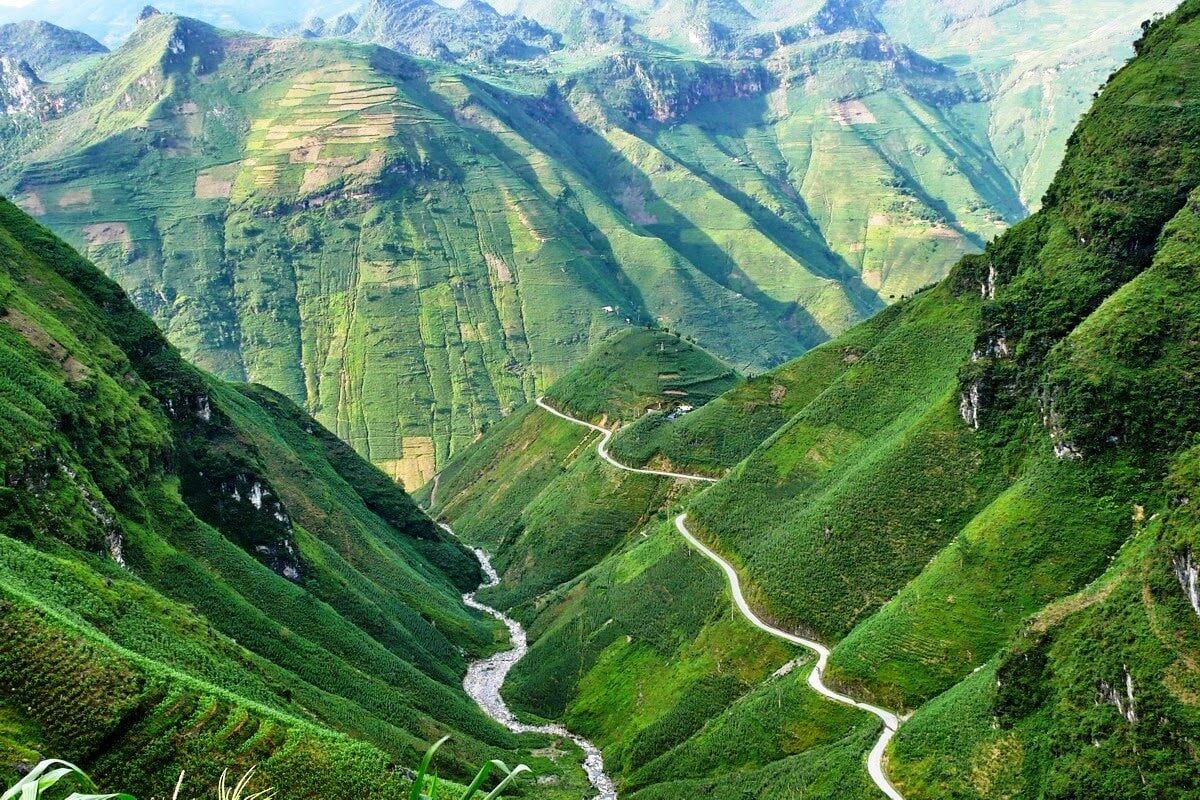
Historic city of Ayutthaya
From 1350 to 1767, the prosperous capital of the Kingdom of Siam was Ayutthaya, which gained recognition in 1991. It now consists of a variety of ancient remains, including statues that recall the area’s former splendour and Buddhist temples and palaces.
The ruins of the city, which are distinguished by prang (reliquary towers) and tall Buddhist temples, reflect a blend of architectural forms that each individually altered volume, space, adorned surfaces, and the surrounding environment.
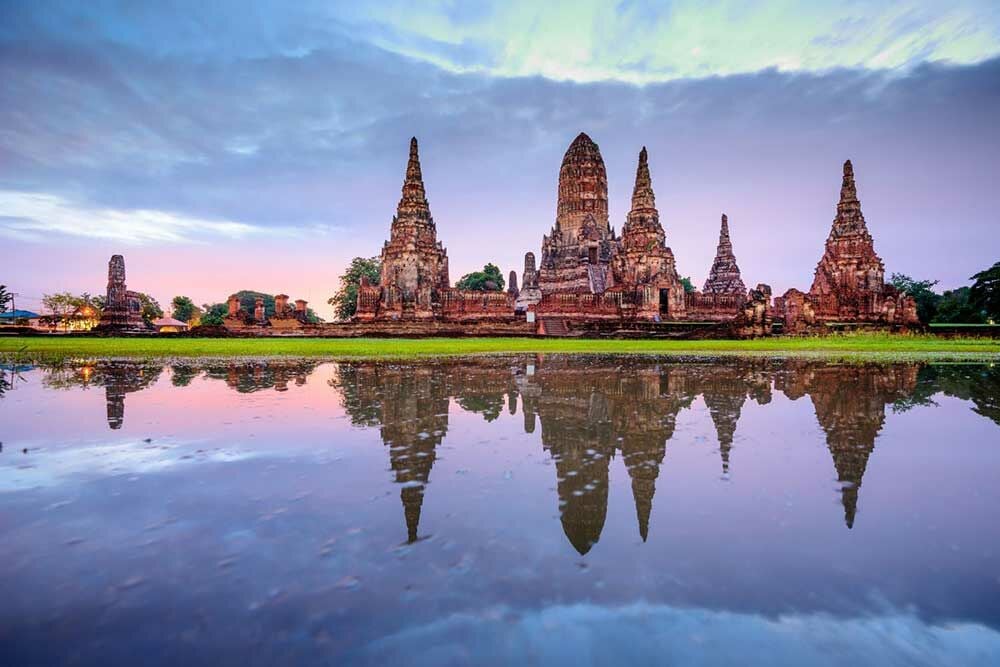
Historic town of Sukhothai
Thai art may be traced back to its ancient roots at Sukhothai, which was inscribed in 1991. Approximately 193 ruins may be found at these sites, which are thought to have been Siam’s first capital in the 13th and 14th centuries. As seen by Bangkok’s Grand Palace, its architecture which drew heavily from Khmer and Sri Lankan architecture shaped the development of traditional Thai architecture. There is no denying the influence of Buddhist cosmology on its layout, style, and decorations.
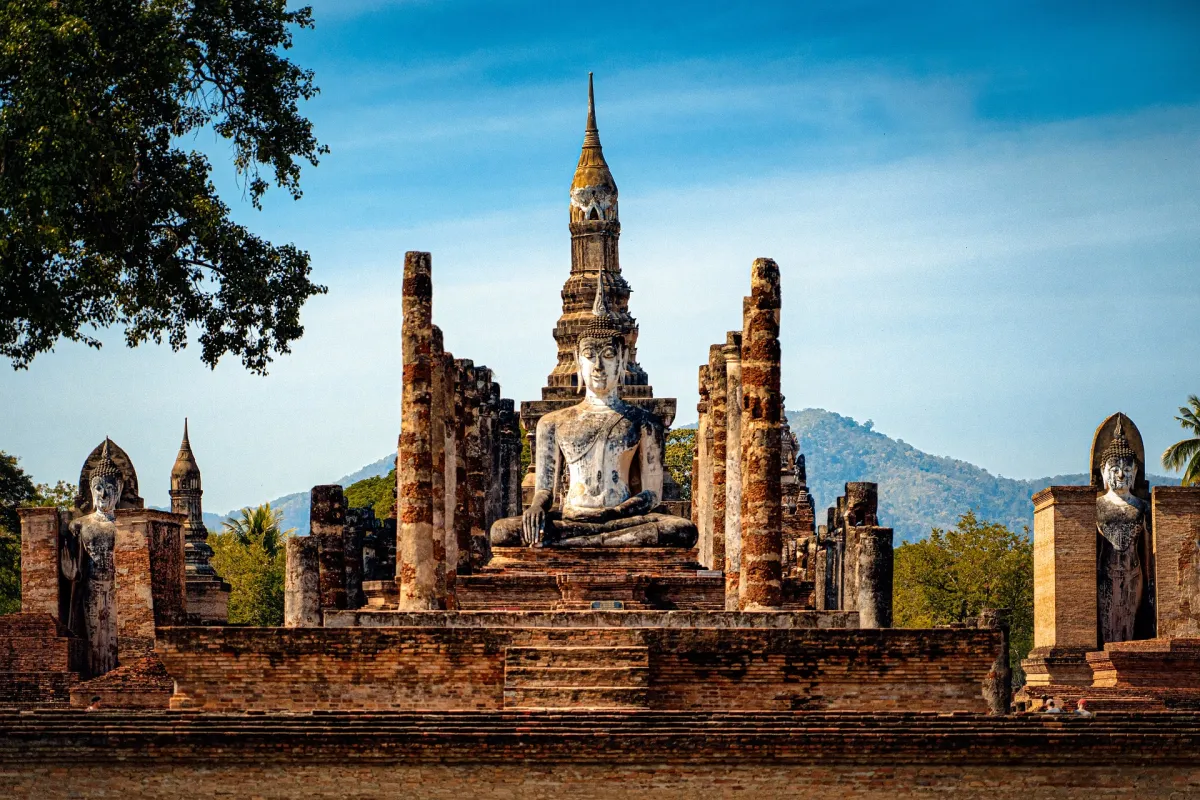
Thungyai-Huai Kha Khaeng wildlife sanctuaries
As important protected areas in Asia, these wildlife sanctuaries were inscribed in 1991 and are of great significance. Apart from their conservation significance, they play a vital role in providing habitat for numerous animal species that are fragile or endangered, including the Indochinese tiger.
These sanctuaries’ vast forest complexes offer these vulnerable animals a haven and promote their survival, which helps to preserve the region’s biodiversity as a whole.
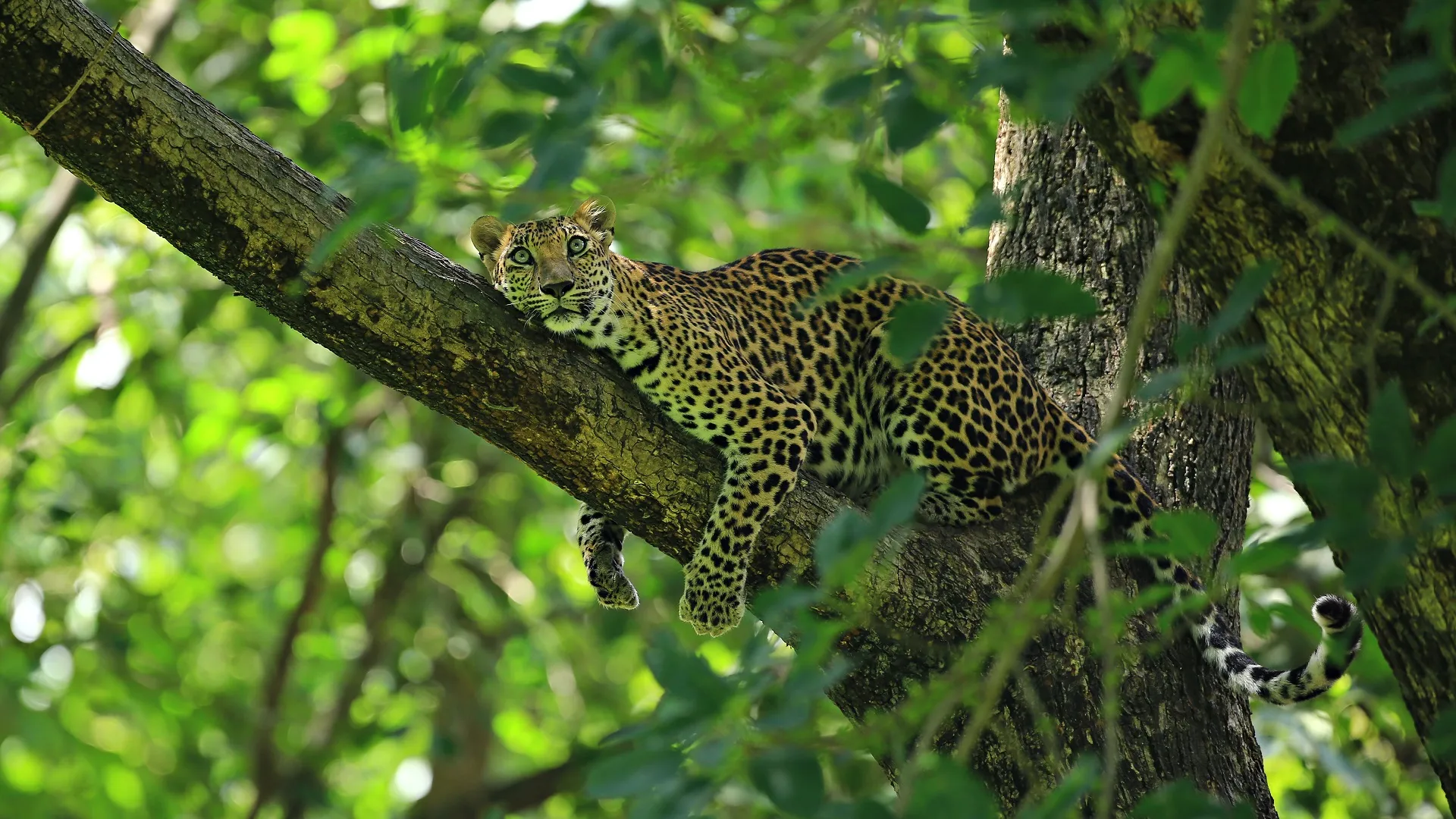
Khao Yai National Park
Khao Yai National Park, a UNESCO World Heritage Site since 2005, is tucked away in the heart of the Dong Phayayen-Khao Yai Forest Complex and offers striking, long-lasting images of Thailand’s rare biodiversity. Spread across 2,168 square kilometres, the third-largest national park in the nation offers a picture of rolling mountains, valleys, waterfalls, and wildlife. With over 300 bird species and fascinating wildlife, such as clouded leopards and Asian elephants, it is a naturalist’s dream come true.
The area is home to an abundance of kaleidoscope of diverse fauna. The park’s terrain skillfully combines lush meadows and tranquil parklands with tumbling waterfalls like Haew Narok and Haew Suwat, which were immortalised in the movie “The Beach.” Khao Yai is a place of wonder and exploration that draws travellers looking for solace in the unspoiled beauty and wisdom of nature.
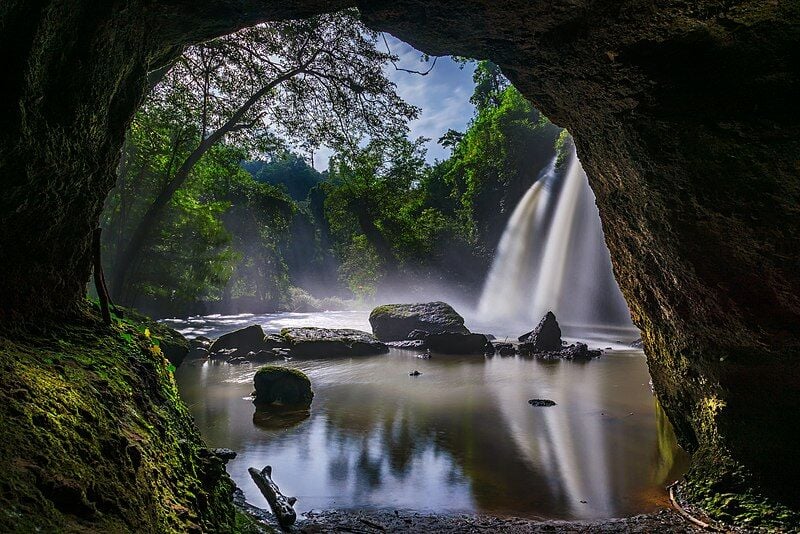
UNESCO not only protects Thailand’s essence through these seven remarkable demarcations, but they also foster a vibrant dialogue between the past and present. Each site attests to distinct eras and cultural influences, but they all share a fundamental Thai belief in balance and harmony.
By keeping them intact, Thailand invites tourists from all over the globe to experience its timeless allure and promotes a profound appreciation and respect for its rich historical, cultural, and natural legacy.
Once you have finished exploring these UNESCO heritage sites be sure to check out our article about exploring the natural beauty of Thailand
Latest Thailand News
Follow The Thaiger on Google News:


























